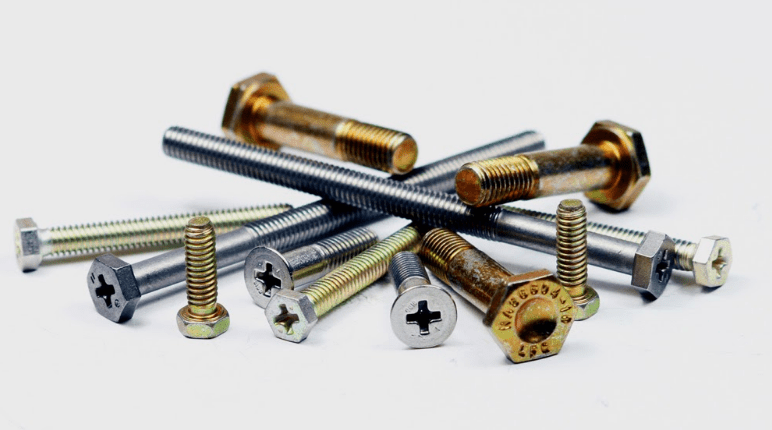
One of the most popular things in every household and workshop is screws. They come in different shapes and sizes! The main thing where people get confused, understandable so, is understanding the difference between metric screw sizes and imperial screw sizes. But before we get into all of that I would like to quickly go over US Screw Sizes.
Different Types of Screws in the US
Before you look at the different US screw sizes, you need to understand the type of screw available. The following is a breakdown of three major types of US screws you can find:
Wood Screws
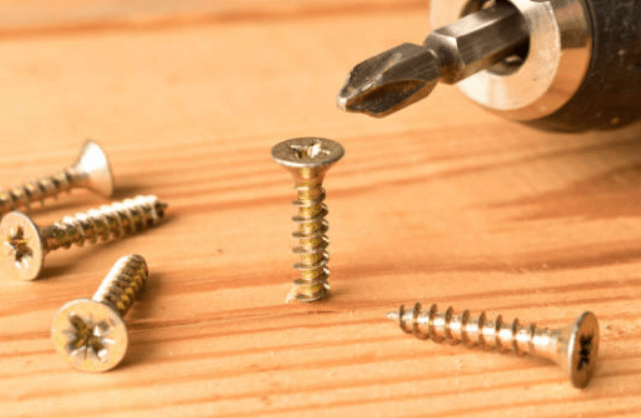
Wood screws are used to connect items to a wooden base (e.g. joining furniture or cabinet parts). It’s important to use wood screws because wood expands and shrinks depending on the temperature it’s in. This means wood screws are required for any and all wood applications.
Sheet Metal Screws
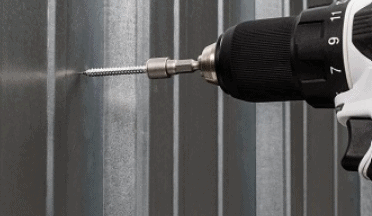
Sheet metal screws are usually all-around stronger when compared to wood screws. A nice thing about sheet metal screws is they can be used on other materials apart from metal. They will stay strictly in place once screwed on. Another great thing about sheet metal screws is they are self-tapping. This means that they don’t always need to have a hole drilled into the source before they are inserted.
Phillips Head Screws
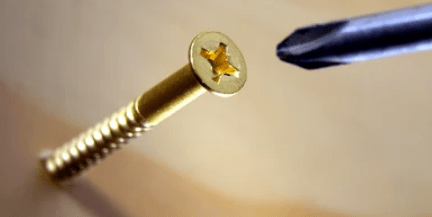
Phillips Head screws are designed to allow the driver’s head to come out if/when excessive pressure is applied. This design allowed Phillips head screws to handle greater torque much better than other fasteners.
Conversion Charts For Metric Imperial Screws
I’ve put together a few charts that explain screw data, you will be able to find these tables below. They’re put together in a manner that makes them easy to understand, I find that manufacturers’ recommendations are not very specific.
The first table below shows you:
- Metric equivalents to imperial gauge.
- What size pilot hole to drill in timber substrates for the best screw grip.
- What size clearance hole to drill through the timber being fixed.
- Which size plastic wall plug to use with each screw size or gauge.
| Gauge | Metric Equiv. | Pilot Hole | Clearance Hole | Masonry Plug Size |
| 3 | 2.5mm | 1.0mm | 3.0mm | 5mm hole (yellow) |
| 4 | 3.0mm | 1.5mm | 3.5mm | 5mm hole (yellow) |
| 6 | 3.5mm | 2.0mm | 4.0mm | 6mm hole (red) |
| 8 | 4.0mm | 2.5mm | 4.5mm | 6mm or 7mm hole (red or brown) |
| 10 | 5.0mm | 3.0mm | 5.5mm | 7mm hole (brown) |
| 12 | 5.5mm | 3.5mm | 6.0mm | 7mm hole (brown) |
| 14 | 6.5mm | 4.0mm | 7.0mm | 10mm hole (blue) |
Moving on, let’s take a look at tables that match the imperial screw size to the metric size. I would like to point out that you should keep in mind that the conversions are not exact and therefore margins of errors are allowed.
| Diameter | Length | Imperial Size (Gauge x Length) |
| 6mm | 150mm | 12 x 6 |
| 130mm | 12 x 5 ⅛ | |
| 110mm | 12 x 4 ⅜ | |
| 100mm | 12 x 4 | |
| 90mm | 12 x 3 ½ | |
| 80mm | 12 x 3 ¼ | |
| 75mm | 12 x 3 | |
| 70mm | 12 x 2 ¾ | |
| 60mm | 12 x 2 ⅜ |
| Diameter | Length | Imperial Size (Gauge x Length) |
| 5mm | 100mm | 10 x 4 |
| 90mm | 10 x 3 ½ | |
| 80mm | 10 x 3 ¼ | |
| 75mm | 10 x 3 | |
| 70mm | 10 x 2 ¾ | |
| 60mm | 10 x 2 ⅜ | |
| 50mm | 10 x 2 | |
| 45mm | 10 x 1 ¾ | |
| 40mm | 10 x 1 ½ | |
| 35mm | 10 x 1 ⅜ | |
| 30mm | 10 x 1 ¼ | |
| 25mm | 10 x 1 |
| Diameter | Length | Imperial Size (Gauge x Length) |
| 4.5mm | 75mm | 9 x 3 |
| 70mm | 9 x 2 ¾ | |
| 60mm | 9 x 2 ⅜ | |
| 50mm | 9 x 2 | |
| 45mm | 9 x 1 ¾ | |
| 40mm | 9 x 1 ½ | |
| 35mm | 9 x 1 ⅜ | |
| 30mm | 9 x 1 ¼ | |
| 25mm | 9 x 1 |
| Diameter | Length | Imperial Size (Gauge x Length) |
| 4mm | 70mm | 8 x 2 ¾ |
| 60mm | 8 x 2 ⅜ | |
| 50mm | 8 x 2 | |
| 45mm | 8 x 1 ¾ | |
| 40mm | 8 x 1 ½ | |
| 30mm | 8 x 1 ¼ | |
| 25mm | 8 x 1 | |
| 20mm | 8 x ¾ | |
| 16mm | 8 x ⅝ | |
| 12mm | 8 x ½ |
| Diameter | Length | Imperial Size (Gauge x Length) |
| 3.5mm | 40mm | 6 x 1 ½ |
| 30mm | 6 x 1 ¼ | |
| 25mm | 6 x 1 | |
| 20mm | 6 x ¾ | |
| 16mm | 6 x ⅝ | |
| Diameter | Length | Imperial Size (Gauge x Length) |
| 3mm | 40mm | 4 x 1 ½ |
| 30mm | 4 x 1 ¼ | |
| 25mm | 4 x 1 | |
| 20mm | 4 x ¾ | |
| 16mm | 4 x ⅝ | |
| 12mm | 4 x ½ |
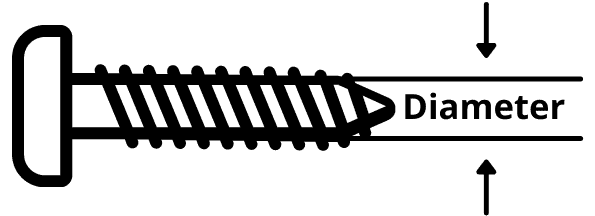
Frequently Asked Questions
How Do I Know The Best Screw Size for my Needs?
This question can just be answered simply. The way I recommend finding the best screw size for your needs is to try out what you think may work. Over time you’ll get better at eyeing what’s best for what you’re working on. We do recommend that you start with the longest screw you have and work your way down.
Can Sheet Metal Screws be used in Wood?
Yes, technically you can use sheet metal screws in wood. Sheet metal screws are stronger in comparison to wood screws. However, do keep in mind what you would be using the sheet metal screw on. Wood shrinks and expands with temperature so if your project will be exposed to drastic heat changes you don’t want to use sheet metal screws because they may end up snapping.
Can Wood Screws be used in Sheet Metal?
No, they can’t. You always want to use a sheet metal screw over a wood screw with sheet metal because a sheet metal screw is a lot stronger than a wood screw.
There are US Screw Sizes! Sizing screws can be quite challenging so we hope this article helped you get a better understanding of the different types of screws in the US. Please come back to this guide as many times as you need to reference back to the charts. If you have any other questions please feel free to leave a comment, we would love to hear from you!
Check out our other resource guides Bite-Size Guide: Best Drill Bit Size Chart and How to Use a Drill and Tap Chart.
